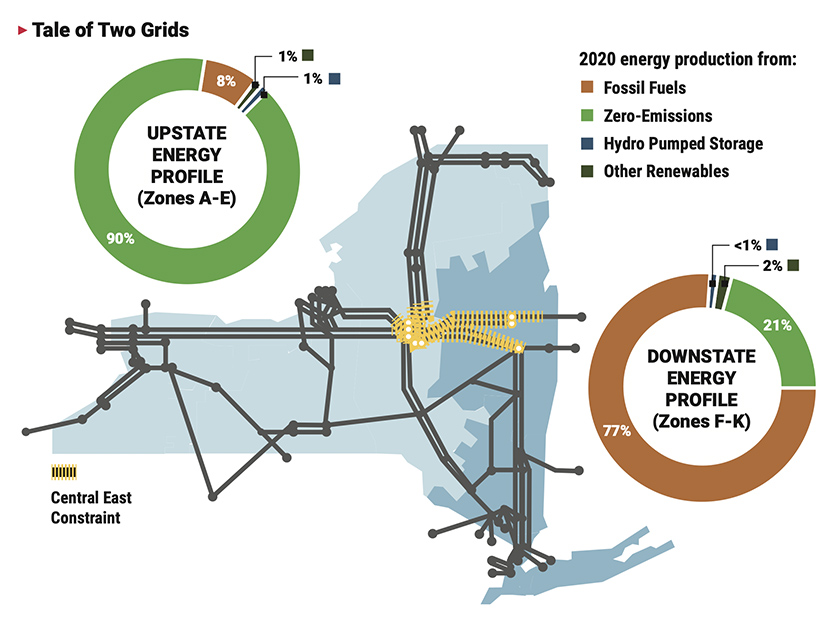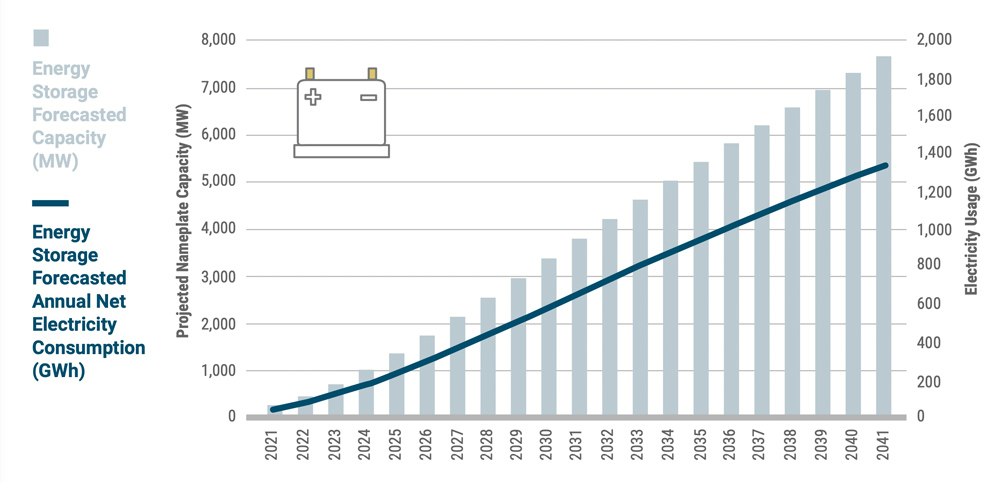
NYISO last week rejected most comments and protests on its treatment of distributed energy resources and aggregations in its Order 2222 compliance filing, urging FERC to accept the tariff revisions with minor adjustments (ER21-2460).
Certain comments and protests propose “helpful” modifications to the proposed tariff language, the ISO said in its Sept. 14 answer filing, and agreed to make those requested changes.
“With respect to all of the remaining comments and protests, the commission should reject those comments and protests and accept the compliance filing without further modification,” NYISO said. (See NYISO Discusses FERC Order 2222 Compliance.)
State regulators and related agencies, New York Transmission Owners (NYTO), investor-owned utilities, environmental organizations and consumer advocates have all submitted comments in the proceeding.
The ISO’s DER and aggregation market rules treat these new types of resources comparably to other types of resources participating in its wholesale markets, consistent with commission directives, while also ensuring reliability, NYISO said.
NYISO commits to discussing the detailed technical requirements for DER and aggregation participation in the markets, it said, insisting that no additional “periodic updates” are needed beyond the established shared governance process. In addition, the ISO’s market software can integrate these new resources without adversely impacting other market participants or the market.
Defining Small
Regarding the ISO’s “opt-in” to wholesale market participation for customers of utilities delivering 4 million MWh or fewer per year, various parties protested that the threshold should be calculated by distribution utility rather than by load-serving entity (LSE) as proposed in the compliance filing.
NYISO said it does not object to identifying small utilities by distribution utility rather than LSE, “so long as the commission accepts its proposal that the aggregator be responsible for attesting that the RERRA has authorized the customers of that small utility to participate in the wholesale markets as part of an aggregation.”
The ISO’s metering and settlement systems are not designed to measure and calculate energy deliveries by distribution utility and would require time consuming and expensive upgrades to do so, it said.
NYTOs’ proposed a tariff revision to more clearly identify the time gap between when the 4 million-MWh calculation can be performed (after Dec. 31) and the date any resulting decision to opt-in or out would take effect (on May 1, at the start of the next new Capability Year).
NYISO agreed that NYTOs’ proposal to add the words “for the forthcoming Capability Year” to the Market Services tariff is a helpful clarification.
NYISO’s proposed rules on market participation agreements for DER aggregators are “impermissibly vague” because they fail to provide sufficient details about sequencing and the distribution utility’s role and responsibilities in the authorization process, NYTOs said. The group therefore asked the commission to require the ISO to better define the distribution utility’s obligations and to provide a timeline for the various components of the registration and enrollment process.
The ISO said it understands the NYTOs’ concerns and is developing software that will automate the DER and aggregation enrollment process that will provide aggregators with electronic forms to be submitted to the ISO.
Same, or Substantially So
FERC granted RTOs/ISOs regional flexibility with respect to the restrictions each proposes to minimize market impacts caused by the double counting of services by DERs in the markets.
NYISO’s proposed restrictions prevent a DER from enrolling in an aggregation to provide the same megawatts for the same or a substantially similar service in wholesale and retail programs, preventing the DER from being compensated twice for providing a similar service.
Various parties argued that the phrase “same or substantially similar service” is vague because the ISO’s tariffs do not define what constitutes a “substantially similar service.”
NYISO said it agrees that the language results in “unneeded uncertainty about what programs are prohibited,” and that it also agrees with comments indicating that the New York Public Service Commission has taken an active role in specifying when participants in specific retail programs cannot also participate in the wholesale markets.
The ISO said it does not object to removing the phrase “or a substantially similar service” from the tariff requirements so that the requirements only apply to the provision of the “same” service in the wholesale and retail markets.
Several protestors and commenters found unjust and unreasonable NYISO’s telemetry requirement that an aggregator must provide six-second telemetry for its aggregation and the requirement that metering data be submitted by noon the day after the operating day for use in the ISO’s settlement process.
“As explained in Docket No. ER19-2276 and reiterated here … the six-second scan rate applicable to all generators and aggregations is needed to (i) maintain situational awareness of the [New York Control Area] NYCA electric system, (ii) operate the NYISO’s Automatic Generation Control process to maintain load and generation balance, (iii) meet mandatory bulk power system reliability criteria, including criteria unique to New York State, and (iv) respond to emergency conditions,” the ISO said.
NYISO pointed out that it currently uses six-second telemetry signals to meet mandatory reliability criteria required by the New York State Reliability Council.
Energy Efficiency
Clean energy parties and consumer advocates argued that NYISO should be required to permit energy efficiency resources to participate as supply-side DER resources in its capacity market.
NYISO urged the commission to reject the request, saying it should not be required to change the DER rules that the commission accepted previously (ER19-2276).
“Energy efficiency reduces demand. Its impact is accurately accounted for on the demand-side without the need to estimate the expected benefit, or to measure, verify and audit resource performance on a continuing basis,” NYISO said.
While capacity payments could be an additional source of revenue to spur energy efficiency projects, the ISO said it does not see significant reliability or market efficiency benefits in moving energy efficiency from the demand-side to the supply-side.
In its comments, the ISO’s Market Monitoring Unit, Potomac Economics, recommended that the commission refrain from mandating that NYISO implement a supply-side energy efficiency participation framework or initiate stakeholder proceedings to pursue such a framework, as requested by the advocates.
“A mandatory supply side model would likely provide few benefits in terms of encouraging additional economic EE, while creating a host of problems associated with measurement and accreditation, cost shifting, adverse incentives, double compensation, load forecast modeling,” the Monitor said. “Fundamentally, such an approach is unnecessary because customers that adopt EE measures can benefit directly or indirectly from reduced capacity obligations when EE is reflected on the demand side of the market.”
